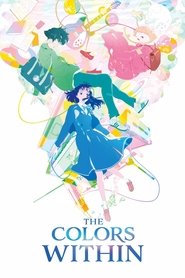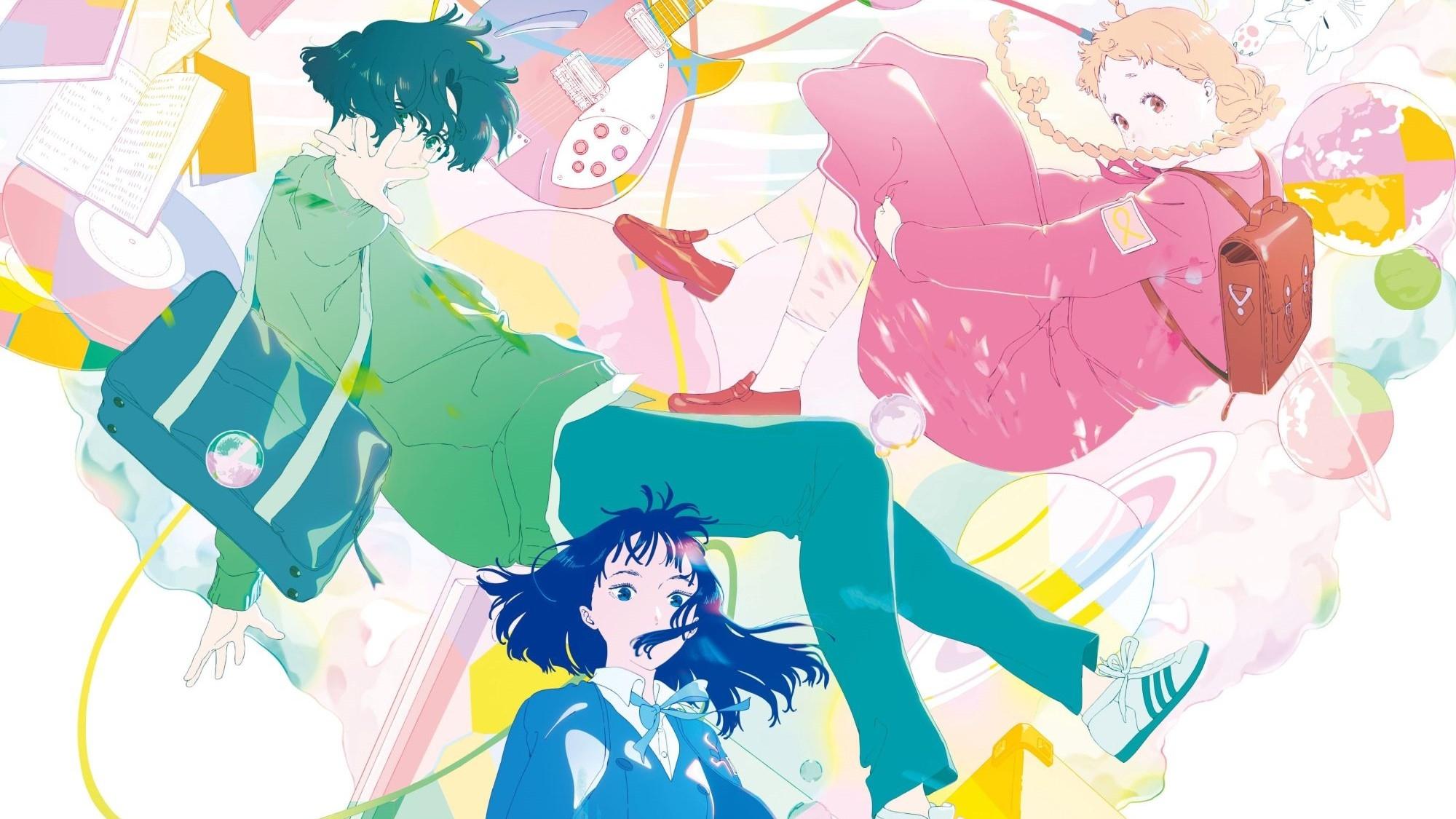Watch きみの色 (2024) Movie

Totsuko is a high school student with the ability to see the 'colors' of others. Colors of bliss, excitement, and serenity, plus a color she treasures as her favorite. Kimi, a classmate at her school, gives off the most beautiful color of all. Although she doesn't play an instrument, Totsuko forms a band with Kimi and Rui, a quiet music enthusiast they meet at a used bookstore in a far corner of town. As they practice at an old church on a remote island, music brings them together, forming friendships and stirring affections.

- high school
## The Fading Palette: Exploring the Heart of "Kimi no Iro" (Your Color) Without Giving it All Away
Naoko Yamada, the acclaimed director behind "A Silent Voice" and "Liz and the Blue Bird," returns with "Kimi no Iro" (Your Color), a mesmerizing anime film that paints a vibrant tapestry of connection and self-discovery. While avoiding blatant spoilers, the film's core themes and artistic choices deserve exploration, offering a glimpse into its captivating world.
"Kimi no Iro" centers around Totsuko, a high school student with the extraordinary ability to perceive and experience the emotions of others as colors. This unique synesthesia both blesses and burdens her. The world around her becomes a kaleidoscope of emotions, often overwhelming and confusing. Instead of embracing this gift, Totsuko finds herself acting as a buffer, absorbing and neutralizing the negative feelings of those around her, effectively making herself a blank canvas.
The narrative beautifully contrasts Totsuko's colorless existence with the vibrant personalities of her two friends: Rui, a mysterious aspiring musician who emanates a striking, melancholic blue, and Shizuku, a bookish and artistic girl overflowing with warm, optimistic yellow. Their arrival disrupts Totsuko's self-imposed isolation, forcing her to confront the consequences of suppressing her own emotions and the potential beauty that lies in embracing her unique ability.
Yamada's signature visual style is on full display. The animation is fluid and expressive, with meticulous attention paid to detail. The film utilizes light and shadow to create a palpable atmosphere, reflecting the emotional states of the characters. Close-ups are used effectively to convey subtle nuances of expression, drawing the viewer into their intimate world. The colors themselves are not merely aesthetic choices; they are integral to the narrative, representing the complex inner lives of the characters.
The film's soundtrack, as with much of Yamada's work, is another crucial element. The music seamlessly blends with the visuals, amplifying the emotional impact of each scene. Rui's music, in particular, becomes a powerful symbol of vulnerability and self-expression, acting as a catalyst for Totsuko's journey of self-discovery.
"Kimi no Iro" avoids simplistic tropes and delves into the complexities of human connection. It explores the challenges of navigating adolescence, the fear of being different, and the importance of embracing one's true self. The film doesn't shy away from difficult themes, such as the pressure to conform and the isolation that can result from hiding one's emotions.
While the film deals with weighty topics, it does so with a gentle touch. There's a sense of hope and optimism that permeates the narrative, suggesting that even in the face of adversity, genuine connection and self-acceptance are possible.
"Kimi no Iro" is more than just a visually stunning anime; it's a poignant exploration of the human condition. It's a film that encourages us to embrace our own unique colors, to connect with others on a deeper level, and to find beauty in the spectrum of human emotions. The film is a powerful reminder that true connection lies not in erasing our differences, but in celebrating the vibrant colors that make each of us unique. So, prepare to be captivated, to be moved, and to reflect on the colors that shape your own world. Just don't expect to have all the answers; "Kimi no Iro" is a film that invites you to participate in its unfolding mystery, to interpret its message, and to discover its meaning for yourself. And that, perhaps, is its greatest strength.

Post a Comment